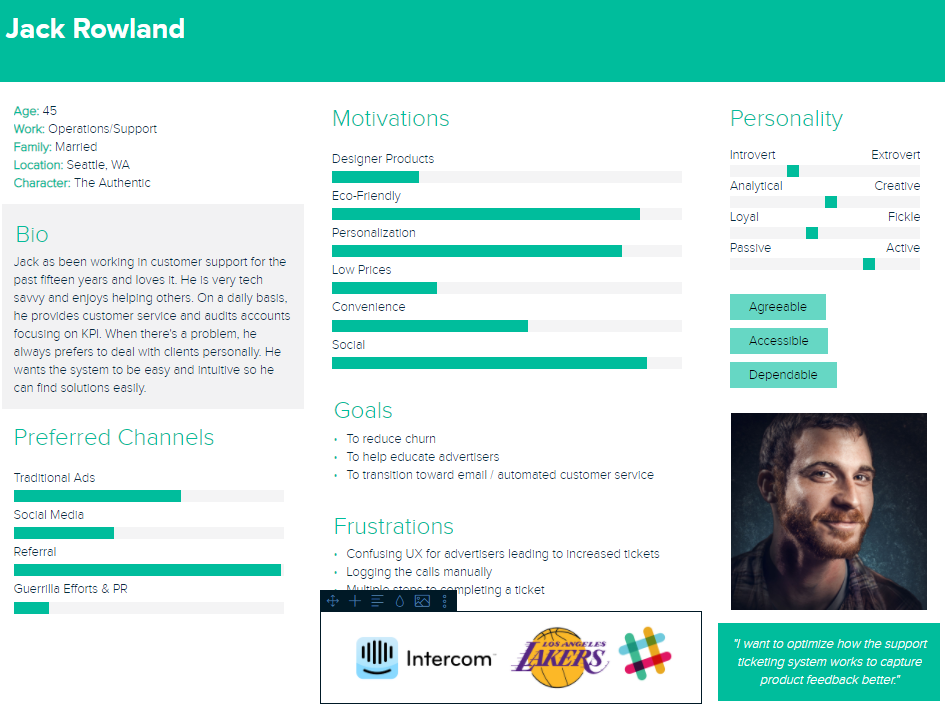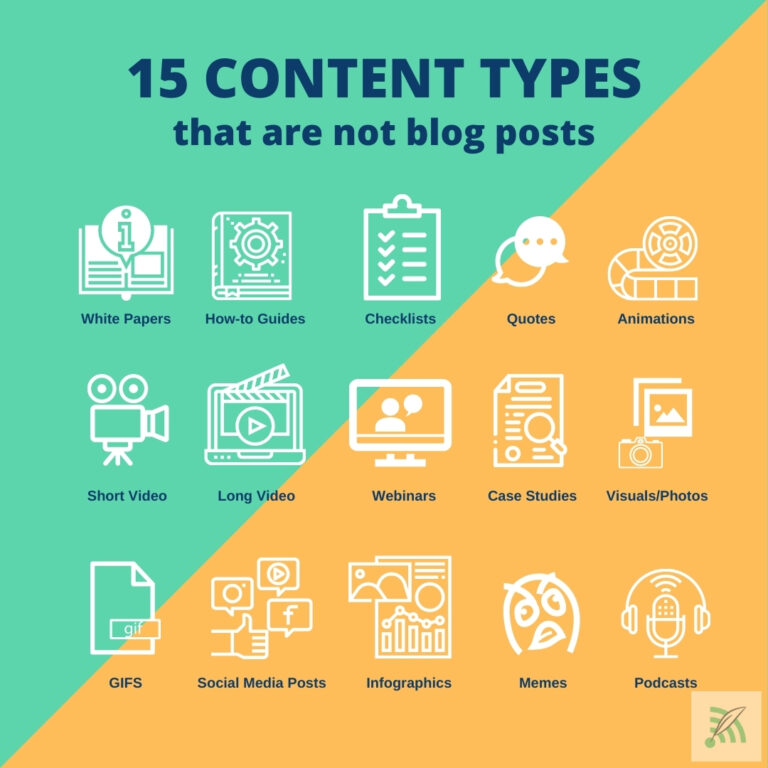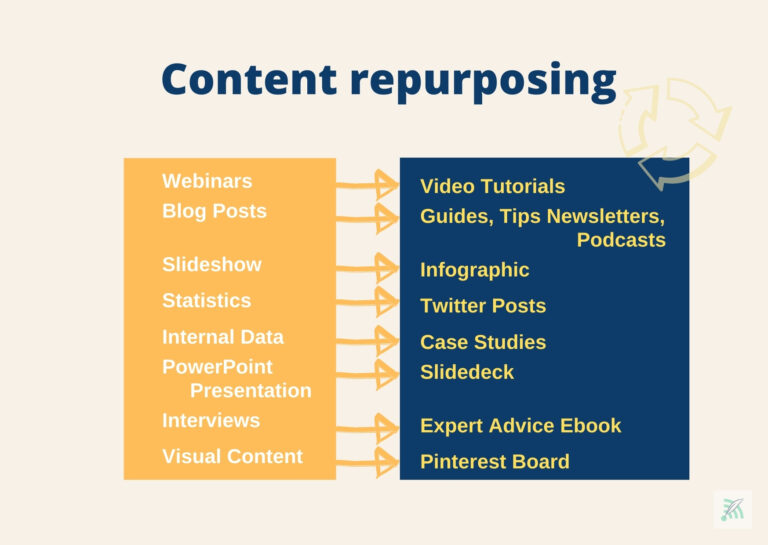Content marketing has been proven to generate remarkable results for years. It is well known, that a good content marketing strategy will get you three times more leads at a 62% lower cost than traditional marketing. Starting 2021, knowing that we will encounter challenging months and probably years, it’s of uttermost importance to review content strategies and to reinforce content marketing efforts. But what content marketing campaigns should we run knowing that our competition is not sleeping and where to start?
First things first, re-check your content marketing plan or create one, if you have not already done so (and you would be amazed how many have not), to set a good base. CoSchedule found that marketers who plan their projects or campaigns proactively are 356% more likely to be successful.
Second, be aware that regular content offerings are important to build a consistent online presence.
Third, content promotion is as important as its creation, because even the best content is useless if nobody finds it. Keep that in mind when adjusting your strategy.
In this blog post, we will not only share the important steps to create an effective content marketing plan for you to revisit but will also touch upon good content formats and stress the importance of SEO as well as content promotion for your marketing success.
Steps to a solid content marketing strategy
1. Start with a content audit
Audit the current performance of your content offerings and understand what works and what doesn’t.
Some details to check when carrying out an audit include:
- Top-performing content
- Low-performing content
- Publishing frequency
- Ranking keywords
Take your time to understand your current performance and the reasons behind and be honest with yourself.
2. Set your content marketing goals
Content marketing can only be effective if you set your target right. Without valid objectives, your marketing activities are not focused enough and it becomes difficult to judge their success or failure.
Objectives could be:
- Create brand awareness
- Establish thought leadership
- Acquire leads
- Nurture leads
- Acquire customers or
- Generate sales
Whatever objective you have, adjust your goals and tactics appropriately. For best results use SMART goals (specific, measurable, attainable, relevant, and time-bound) although you may find it difficult at first. We are here to help.
Naturally, your goals will determine your content tactics (e.g. channels, content formats) and, content promotion strategy.
3. Define and revise your target audience
Know exactly who you’re targeting with your content. Did you get your personas right? What content do they prefer, what channels are they using?
Make sure to adjust your buyer/audience personas regularly and for each type of ideal customer. Either start building a persona profile from your current customer base or you research types of individuals that you target.
Here’s an example of a buyer persona from Xtensio to give you a better idea of what a persona (here customer support example) should look like:

Source: Screenshot Xtensio – follow the link for adaptations
4. Determine your content types
A wide variety of content formats exist, especially visually appealing, easy-to-digest and entertaining content snacks are very popular.
Attractive content offerings include:
- Infographics
- Videos
- Podcasts
- Animations
- Ebooks
- Case Studies
to list a few.

Find more information on how to create attractive visual content in our blog section. Use a mix of content based on the channels you have selected, as well as the preferences of your audience.
Don’t stop experimenting with different content formats and most important -know your stats to measure success!
5. Use a content calendar
It takes time to see the results with content marketing. To grow, you need to consistently deliver great content experiences. A content calendar, no matter how basic, provides you with a visual overview of all your activities, it allows you to plan your content creation and schedule publication at your preferred frequency. It makes it easier for team members and makes the process more productive.
What information should a content calendar include?
- Marketing message
- Target Audience /Stage of funnel
- Team members responsible for content
- Content format
- Due dates for content’s first draft
- Publishing date
- Promotion channels
To simply start you can use Google Sheets and create a plan yourself, track the status and assign tasks to team members.
Many tools offer a complete suite of services around social media scheduling that help increase productivity, save time and allow to customize posts instead of spamming all platforms with the same message. To name a few, there are Hootsuite, Sprout Social or Loomy. They are not only offering scheduling options but facilitate engagement management, social listening to identify trends and provide inbuilt analytics.
If you use WordPress, there’s a plugin called “Editorial Calendar” that shows your calendar in your dashboard.
A content calendar really helps to produce and disseminate content consistently enough to help achieve your intended content marketing results.
6. Content promotion is vital
It is well known, but often neglected, content promotion is as resource-intensive as content creation. Interestingly, Derek Halpern of Social Triggers states that you should spend 20% of your time creating and 80% promoting it.
So, what you need is a content promotion strategy as well (preferably as part of your master content calendar as mentioned before).
Content promotion strategies should not just include social media or email marketing, but should take into account the following possibilities:
- Search Engines -> create and optimize content for keywords your intended audiences might be searching (more to SEO later)
- Guest posts -> increase your exposure by placing relevant content on larger industry sites
- Forums / Special interest groups -> increase awareness and participate in discussions on special topics and link your content (e.g. blog posts) that contribute to it
- Advertising -> increase your visibility by promoting important content through social media or Google / Bing ads. Return on investment, if done correctly, is still huge.
One more word about two promotion tactics that are often neglected: content syndication and of course content repurposing.
In content syndication, any kind of digital content (e.g. blog posts, articles, infographics, videos) is re-published by a third-party website that gets free, relevant content. And you as the content creator profit from free exposure and publicity, and backlinks to your own website, boosting your organic traffic.
Content repurposing – finding new ways to recycle your existing content – has numerous benefits including appealing to new audiences and extending your reach.
Here are some ideas how to repurpose your content:

7. Measuring your content marketing success in 2021
How do you know that your content marketing is “working”? An easy answer is: it works when it supports your marketing and business goals.
But as marketers, we want to have more detail and insights that help improve future campaigns and, more importantly, help to communicate success to your management.
What you could monitor or define as an appropriate metric largely depends on your goals. Don’t try to track everything, just select a bundle of meaningful parameters. If you want to monitor increased brand awareness, keep an eye on your followers, for lead generation follow who reads/finishes your blog posts and who checks out related materials on webpage. For engagement, a bit more difficult to monitor, check your web and referral traffic in Google Analytics. For on-site engagement – a low bounce rate is a good indicator. To see how much traffic to your website is generated by individual social media platforms you can go to Acquisition » Social » Network Referrals in Google Analytics.
Buzzsumo is another great tool for measuring content marketing success, by tracking social media shares.
Another important metric to keep track of if you are measuring content marketing ROI is how well your content performs in Search which brings us to another important topic that deserves attention, especially when the competition is getting fiercer – SEO.
No content marketing success without leveraging SEO
Search engine optimization (SEO) is the practice of increasing traffic to your website by getting your page or content rank higher in search engine results.
But how to best use SEO data to guide your content marketing strategy, because, at first sight, they seem completely unconnected.
SEO can help you figure out what your audience is looking for, it also triggers what content is wanted. A sound content marketing strategy enables you to provide exactly the information wanted. And the only way to ensure the success of content marketing is to apply SEO techniques in its implementation.
Keywords
Keywords are at the heart of any SEO strategy. They help you to understand what your target audience is looking for. A good starting point for keyword research is Google Search Console. It shows search queries that website visitors have typed to get to your site content and indicate what topic was of most interest.
It is also useful to understand a user’s search intent via keywords. For that simply Google a keyword and check out the top results on the SERPs (Search Engine Result Pages).
Looking at the search intent can help you generate fresh new content ideas to close gaps in your content marketing strategy. And it can guide you to adjust your keywords based on intent.
There a good tools out there that help you with your keyword search (e.g. ubersuggest, ahrefs, semrush), find a selction summarized in the graphic below.

The way to apply your keywords is to be using them strategically throughout your content.
Successful content marketing consists of stellar content, written for humans employing the keywords you have researched with the additional intent to generate backlinks.
SEO needs consistency
Google likes fresh content. It gets quickly indexed, and lists higher in the SERPs than older content, and helps build authority.
Good SEO also means consistently new content which is nothing else but doing content marketing, an ongoing process.
Conclusions
Content marketing needs SEO, and SEO needs content marketing. These are no longer disconnected approaches, they blend and overlap on several levels.
Content marketing is only going to be successful if you get your SEO right, or else your content cannot be found.
Do your homework: know your current performance of your content offerings, understand your audience, use a content calendar, and track performance. Have a content marketing master plan that includes a sound SEO strategy and content promotion tactics.
And don’t forget, produce the right content, at the right time for the right audience. Make sure your content resonates with your target audience in a way that is channel-appropriate.
We hope you’ve enjoyed our tips on how your content marketing will get you more attention and quality leads in 2021.
Share if you like what you’ve read and get in touch for more insights and customized tips that are guaranteed to up your content marketing success!





